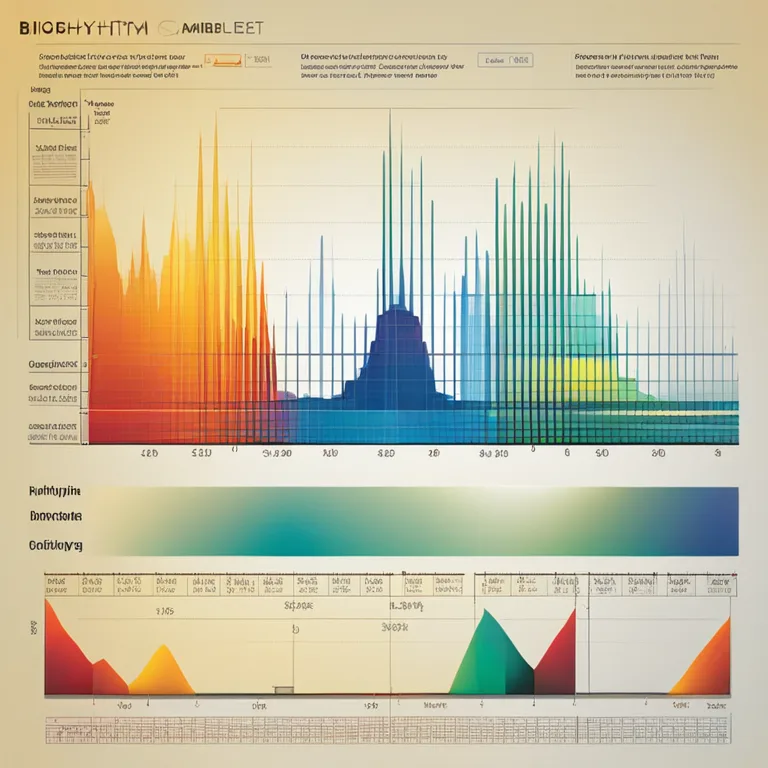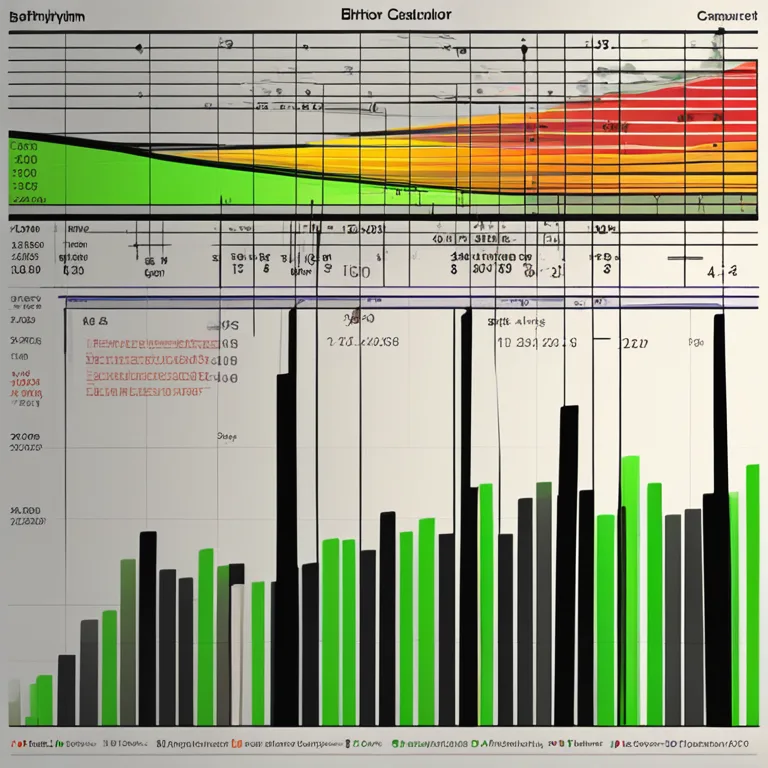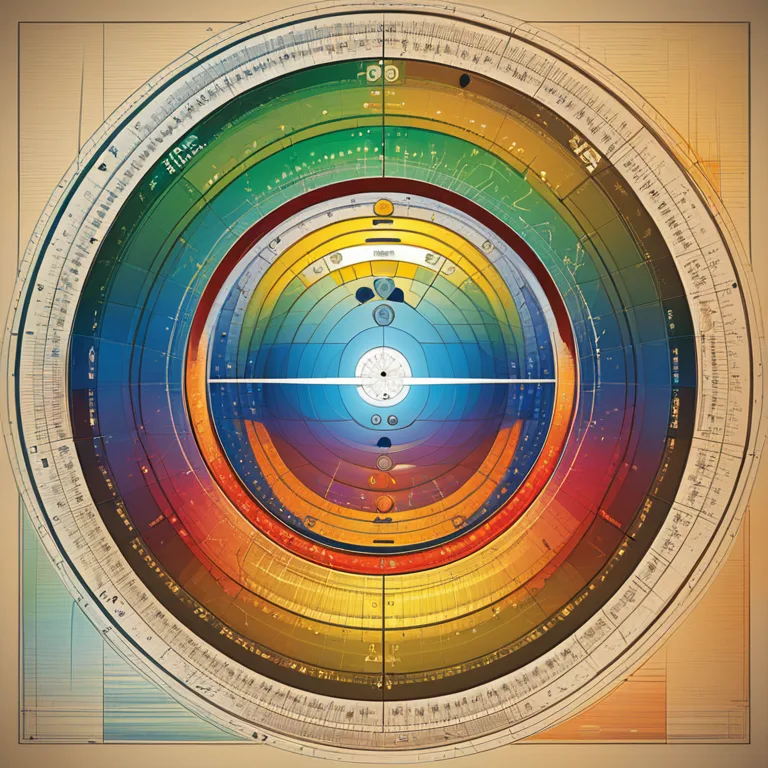
Guide to Interpreting Your Biorhythm Chart
Learn how to read a biorhythm chart and apply its insights to enhance your daily life with this straightforward and informative guide.
article by Adrian Wallace
Introduction to Biorhythms
Biorhythms are a concept that suggests our lives are influenced by biological cycles. These cycles are thought to affect our physical, emotional, and intellectual abilities, fluctuating in predictable patterns from the day we are born. By charting these rhythms, individuals can gain insights into their daily functions and optimize activities to align with these natural cycles. This guide will assist in interpreting your biorhythm chart, enabling a deeper understanding of your personal patterns.

Understanding the Three Cycles
The biorhythm model is based on three primary cycles: the Physical, Emotional, and Intellectual. The Physical cycle, lasting 23 days, influences your stamina, strength, and overall health. The Emotional cycle, with a 28-day duration, affects your mood, creativity, and perception of the world. Finally, the Intellectual cycle, spanning 33 days, impacts your communication skills, logic, and analytical abilities. Each cycle oscillates between high, low, and critical phases, which determine your optimal times for certain activities.

Reading Your Biorhythm Chart
A biorhythm chart displays the three cycles as wave-like graphs over a period, with the x-axis representing time and the y-axis indicating the high and low phases. When a cycle's line is above the midpoint, it is in a high (positive) phase; below indicates a low (negative) phase. A line crossing the midpoint suggests a day of transition, known as a critical day, and these are often periods when one should exercise caution in activities related to that cycle.

Calculating Your Personal Cycles
To read your biorhythm chart accurately, you’ll first need to calculate your cycles from your date of birth. Many online calculators and apps in 2024 make it easy to input your birthdate and instantly receive your personalized biorhythm chart. Once you have your chart, mark the current date and observe which phase of each cycle you’re in to understand how you might feel and function on that particular day.

Interpreting Highs, Lows, and Critical Days
During high phases, you are likely to feel more vibrant and successful in activities related to that cycle. Conversely, during low phases, you might find those same activities more challenging. Critical days, when a cycle crosses the midpoint, demand extra awareness as they may bring unpredictability or increased risk of errors. By planning around these phases, you can enhance productivity and well-being.
Applying Biorhythm Insights Daily
Understanding your cycles can be incredibly useful in daily life. For instance, schedule demanding workouts or critical work projects during your Physical high phases. Emotional lows might be a time for self-care rather than important social interactions. When your Intellectual cycle is at its peak, it’s a fantastic period for problem-solving and learning. Adjusting your activities can lead to improved performance and a harmonious life.
Respecting Individual Variation
While biorhythm theory can be insightful, it's important to remember that everyone is unique, and these charts should be used as a guideline rather than a strict rulebook. Personal experience and self-awareness play crucial roles in interpreting your rhythms effectively. It's also worth noting that this concept, while intriguing, lacks robust scientific evidence and should be used alongside other personal development tools.
Published: 12/28/2023
Modified: 12/28/2023
More predictions
Come back here soon to learn more about yourself and your future


The Accuracy of Biorhythms: A Myth or Science?
Delve into the debate on the accuracy of biorhythms and discover whether they hold any scientific validity.


Harmonizing Life Rhythms: Biorhythm Compatibility Explained
Discover how biorhythm compatibility impacts relationships and personal interactions, fostering harmony and understanding.